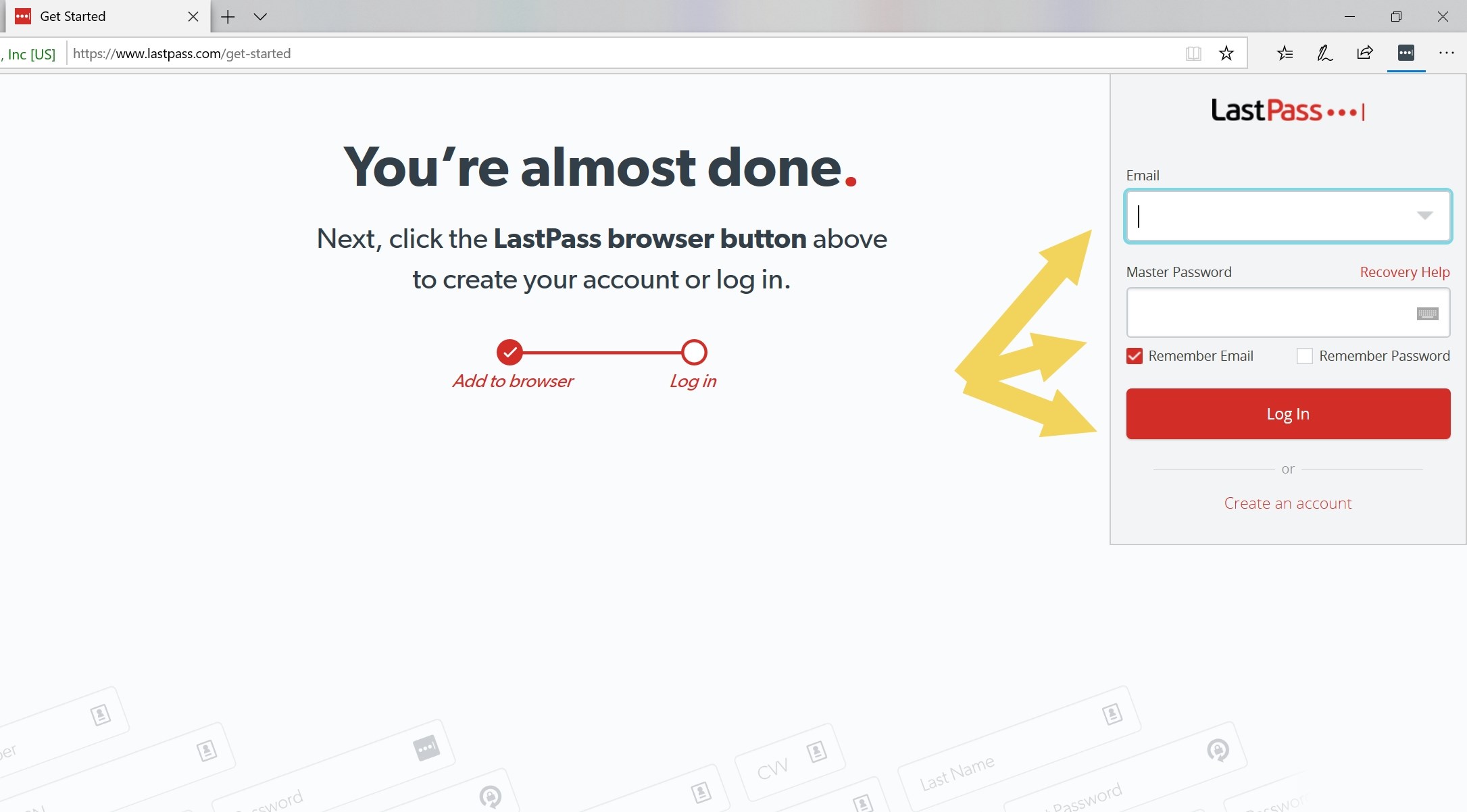

The previous logo, which prominently featured an asterisk, was the subject of a trademark lawsuit filed in early 2015 by E-Trade, whose logo also features an asterisk. On February 3, 2016, LastPass unveiled a new logo. The company was combined under the LastPass brand with a similar product, Meldium, which had already been acquired by LogMeIn. On March 30, 2018, the Xmarks service was announced to be shut down on May 1, 2018, according to an email to LastPass users.

The acquisition meant the survival of Xmarks, which had financial troubles, and although the two services remained separate, the acquisition led to a reduced price for paid premium subscriptions combining the two services. On December 2, 2010, it was announced that LastPass had acquired Xmarks, a web browser extension that enabled password synchronization between browsers.

Unlike some other major password managers, LastPass offers a user-set password hint, allowing access when the master password is missing. It also has apps available for smartphones running the Android, iOS, or Windows Phone operating systems. LastPass is available as an extension to many web browsers, including Google Chrome, Mozilla Firefox, Apple Safari, Microsoft Edge, Vivaldi, and Opera. LastPass supports two-factor authentication via various methods including the LastPass Authenticator app for mobile phones as well as others including YubiKey. LastPass has a form filler that automates password entering and form filling, and it supports password generation, site sharing and site logging, and two-factor authentication. Encryption and decryption takes place at the device level.

Information is encrypted with AES-256 encryption with PBKDF2 SHA-256, salted hashes, and the ability to increase password iterations value. The content is synchronized to any device the user uses the LastPass software or app extensions on. 4.6 2021 third-party trackers and security incidentĪ user's content in LastPass, including passwords and secure notes, is protected by one master password.


 0 kommentar(er)
0 kommentar(er)
